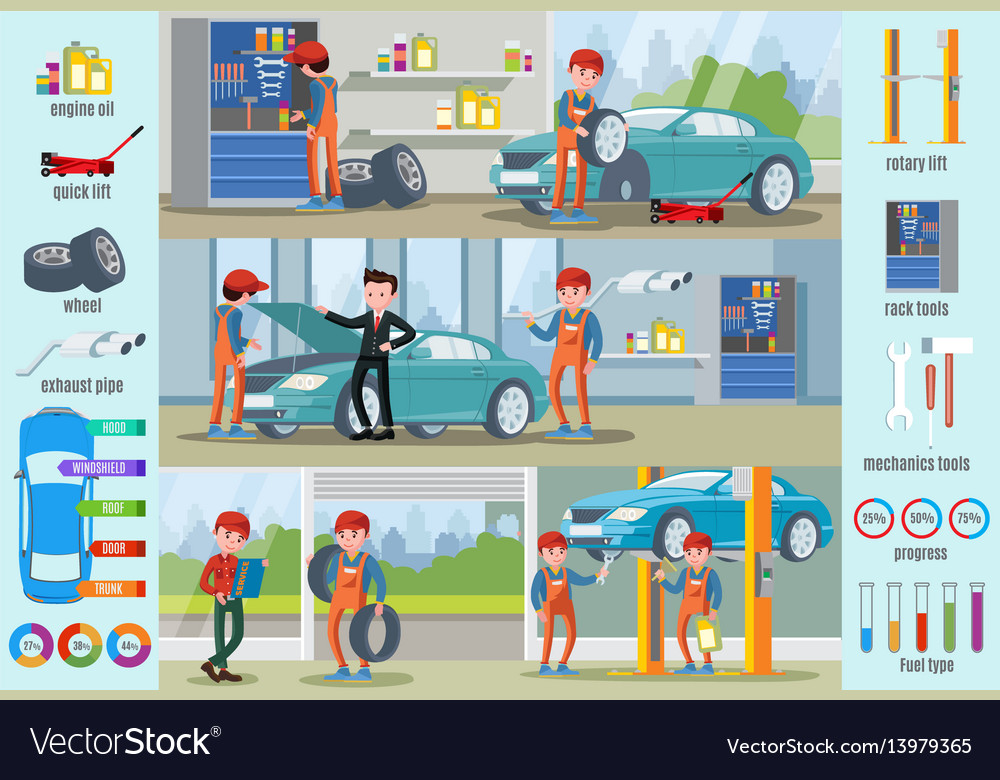Understanding The Definition Behind Your Automobile'S Caution Lighting: A Comprehensive Appearance
Understanding The Definition Behind Your Automobile'S Caution Lighting: A Comprehensive Appearance
Blog Article
Published By-Lauritsen Forbes
When you're behind the wheel, those radiant warning lights on your dashboard can be a bit perplexing. Do you know what they're attempting to inform you about your cars and truck's wellness? Comprehending the significance of these lights is important for your security and the durability of your automobile. So, the following time one of those lights appears, would not you want to decode its message accurately and take the needed actions to resolve it?
Common Warning Lights and Interpretations
Identify common caution lights in your vehicle and recognize their meanings to ensure secure driving.
The most normal caution lights include the check engine light, which signifies concerns with the engine or emissions system. If this light begins, it's important to have your lorry inspected promptly.
The oil stress alerting light shows reduced oil pressure, calling for immediate interest to avoid engine damage.
A blinking battery light may suggest a malfunctioning charging system, potentially leaving you stranded otherwise addressed.
The tire stress monitoring system (TPMS) light notifies you to low tire stress, impacting vehicle security and gas efficiency. Overlooking this might result in risky driving conditions.
The abdominal light shows an issue with the anti-lock stopping system, compromising your ability to quit quickly in emergencies.
Last but not least, the coolant temperature level cautioning light warns of engine getting too hot, which can result in severe damages otherwise dealt with swiftly.
Comprehending these common warning lights will certainly assist you address issues without delay and preserve secure driving problems.
Value of Prompt Focus
Comprehending the common caution lights in your vehicle is only the first step; the importance of quickly attending to these warnings can't be emphasized enough to guarantee your security when driving.
When a caution light illuminates on your dashboard, it's your automobile's method of interacting a potential concern that requires interest. Overlooking https://brakerepairnearme85172.blogsidea.com/37502601/ten-essential-tips-for-picking-the-perfect-automobile-repair-shop-in-your-area can lead to much more severe troubles later on, jeopardizing your security and possibly costing you much more out of commission.
https://dailyvoice.com/new-jersey/warren-hunterdon/police-fire/car-slams-into-warren-county-auto-repair-shop-photos/825277/ to advising lights can stop break downs and mishaps. For example, a flashing check engine light could indicate a misfire that, if left ignored, might cause damages to the catalytic converter. Addressing this promptly can conserve you from an expensive repair.
Similarly, a brake system cautioning light might indicate low brake liquid or used brake pads, important parts for your security when driving.
Do It Yourself Troubleshooting Tips
If you discover a caution light on your control panel, there are a few do it yourself fixing tips you can try prior to looking for specialist assistance.
The very first step is to consult your automobile's manual to comprehend what the details warning light indicates. Often the issue can be as basic as a loose gas cap activating the check engine light. Tightening up the gas cap may solve the issue.
Another common problem is a low battery, which can activate various warning lights. Checking the battery links for corrosion and ensuring they're secure might fix the trouble.
If a caution light continues, you can try resetting it by detaching the automobile's battery for a few mins and afterwards reconnecting it. Additionally, inspecting your lorry's fluid degrees, such as oil, coolant, and brake fluid, can assist fix alerting lights related to these systems.
Final thought
In conclusion, recognizing your vehicle's warning lights is vital for maintaining your vehicle running efficiently and safely. By quickly dealing with these informs and knowing what they mean, you can stay clear of expensive fixings and prospective failures.
Bear in mind to consult your vehicle's manual for specific details on each alerting light and do something about it as necessary to ensure a hassle-free driving experience.
Remain informed, remain risk-free when driving!
